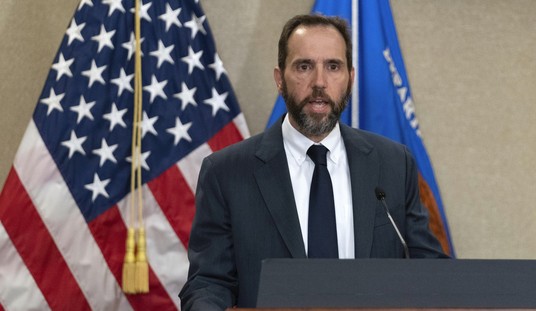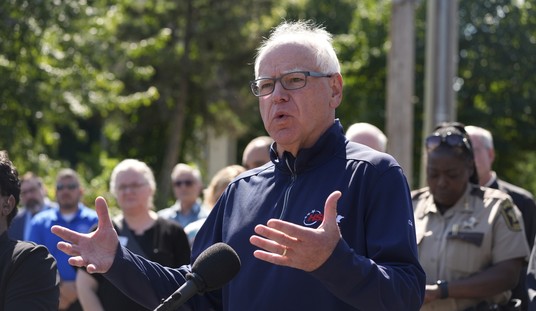There's nothing to worry about for the future of energy, because inexpensive, clean, reliable, high-density fusion power is only 30 years away!
The problem is, it's been 30 years away for 30 years now, and may be 30 years away in another 30 years. I'd love to be wrong about that. Fusion power, after all, would be a major game-changer. There are a lot of technical details to be worked out, sure, but once those details are worked out, it's no longer a matter of experimentation, but engineering. The first generation of any hypothetical fusion reactor will be just that - the first generation, and as we've seen with everything from pocket calculators to computers to cellular phones, new technologies tend to become cheaper, more efficient, and to offer more features over time.
However, now something new has entered the scene. Artificial intelligence - AI - could drive the development of fusion power, not by aiding with design or research, but simply by the fact that AI centers demand power, reliable, affordable power, and plenty of it. A working fusion reactor design could provide that. There are signs that this is already happening.
Nobody is saying it, but the advent of artificial intelligence and machine learning may be springboarding the increased intensity of the competition for nuclear fusion – which many are now saying is far less than “30 years away.” The burning question among the few who are fully aware of the stakes in this race is “Who will get there first?” coupled with “Does first matter more than best?”
The greatest obstacle to fusion supplying the world with limitless electricity is learning how to maintain a balance between magnetic confinement and the severe heat (100 million degrees Celsius). Fusion produces cleaner energy than fission (its only byproducts are helium and other greenhouse gases – not radiation), and its fuels – deuterium and tritium – can easily be sourced from seawater and lithium. Scientists today are trying multiple ways to skin this cat.
That's all well and good, but who is all in this game? Experimental fusion plants are in operation in the USA, Europe, and, to our concern, in China.
The most celebrated event in the revival of fusion research came at the Geneva Superpower Summit in November 1985, when General Secretary Mikhail Gorbachev proposed a collaborative international project to develop fusion energy for peaceful purposes. A year later the European Union (as Euratom), the U.S., Japan, and the Soviet Union agreed to jointly pursue the design for a large international fusion facility they called ITER (the way).
Fast forward to 2001. After 13 years of conceptual design work and detailed engineering design work, the final design for ITER was approved. Two years later the People’s Republic of China and the Republic of Korea joined the project, with India coming on board in 2005, the year that ITER members agreed to site the gigantic project near Aix-en-Provence in France. A year later, the members formally created the ITER Organization with the goal of building the ITER Tokamak, the world’s most advanced magnetic confinement fusion experiment.
And:
Just last month China announced that its Experimental Advanced Superconducting Tokamak (EAST) – its artificial sun — had broken its own record by confining plasma for nearly 18 minutes, longest in the world to date. That might sound like a small step toward the mandatory requirement that a fusion device maintain stable operation at high efficiency without interruption to continuously generate electric power.
Ay, that's the rub.
Demand may indeed drive this race. Companies that are heavily invested in the AI boom are already making their bets on fusion power, tech giant Google among them:
Read More: Daring or Dumb? Google Makes a Deal for Fusion Power.
Personally, that's not a bet I'd be anxious to make. Not for the next 30 years, at any rate.
After decades of development, nobody to date has made a practical fusion reactor with a steady, stable output - you know, the kind we'd need to power our technology, including the energy-hungry AI centers. The companies building these new data centers and AI installations would be better advised to look into adding to the portfolio of fission reactors, and there we are seeing some real progress, in the USA and elsewhere.
Read More: Game Changer: China Has Built a Thorium Molten-Salt Reactor. The United States Needs to Do Likewise.
Fusion power would be a big deal if anyone could make it work. But so far, increasing demand for energy notwithstanding, it just doesn't look like we're a lot closer. I have little doubt that one day the bugs will be worked out, and someone, somewhere, will build a working fusion reactor that can provide reliable, cheap energy. But as of now, today, that still looks - forgive me - like it's probably 30 years away.
I'd love to be wrong. And if this happens, I'd love to see it happen here, in the United States. But there's another complication: No matter how you look at it, no matter how optimistic or pessimistic one is about the possibility of a working fusion reactor, it's still apparent that the United States is behind the curve here.
As for the U.S., the Department of Energy last November released its DOE Fusion Energy Strategy 2024, the second step in its comprehensive effort to work with the private sector to accelerate “the feasibility of commercial fusion energy.” The DOE’s own plan tacitly admits that the U.S. is playing in catch-up mode.
Several U.S.-based private sector projects are under way, including those reliant on stellarators rather than tokamaks, but none have confined plasma for anything near 18 minutes, and there are huge questions about the supply chain needed to support a fusion industry. Regulatory reforms on the way may help – but what happens if today’s protesters turn on the nuclear industry?
You can see the Department of Energy's current outlook on fusion power here.
The Nobel laureate Pierre-Gilles de Gennes, who was awarded the Nobel Prize in Physics in 1991 for studies involving liquid crystals and polymers, is reported to have said about fusion reactors:
We say that we will put the sun into a box. The idea is pretty. The problem is, we don't know how to make the box.
That's the problem. The box. Containment. It's been a problem for at least 30 years now. But that's OK - we're just another 30 years away.















